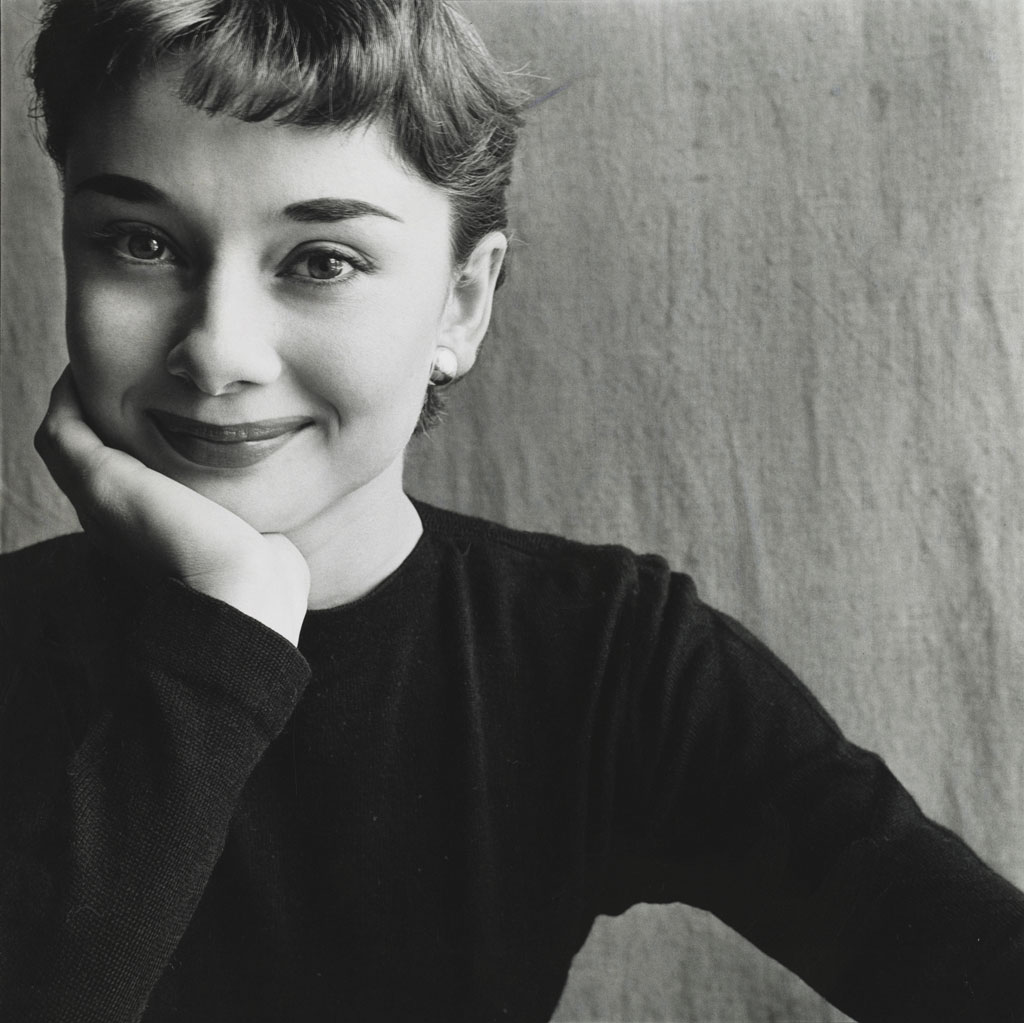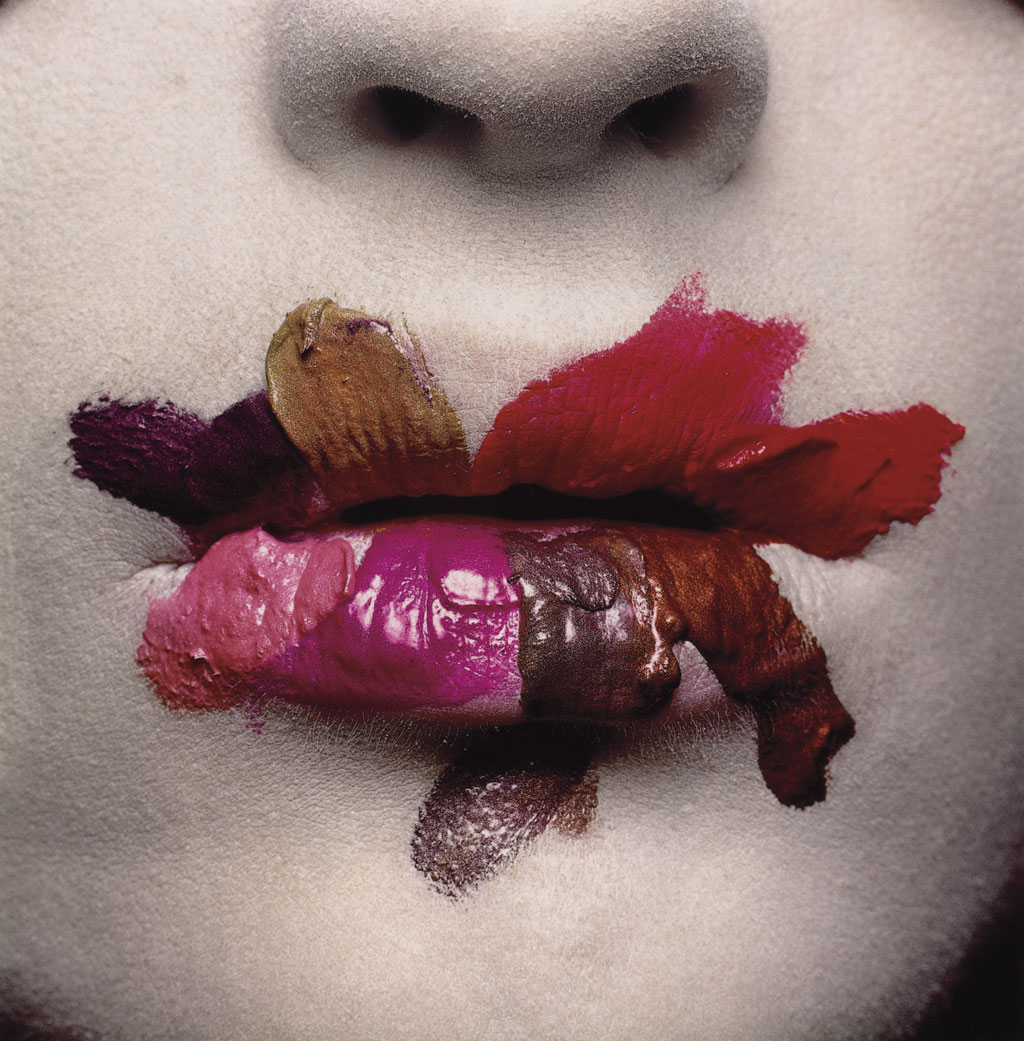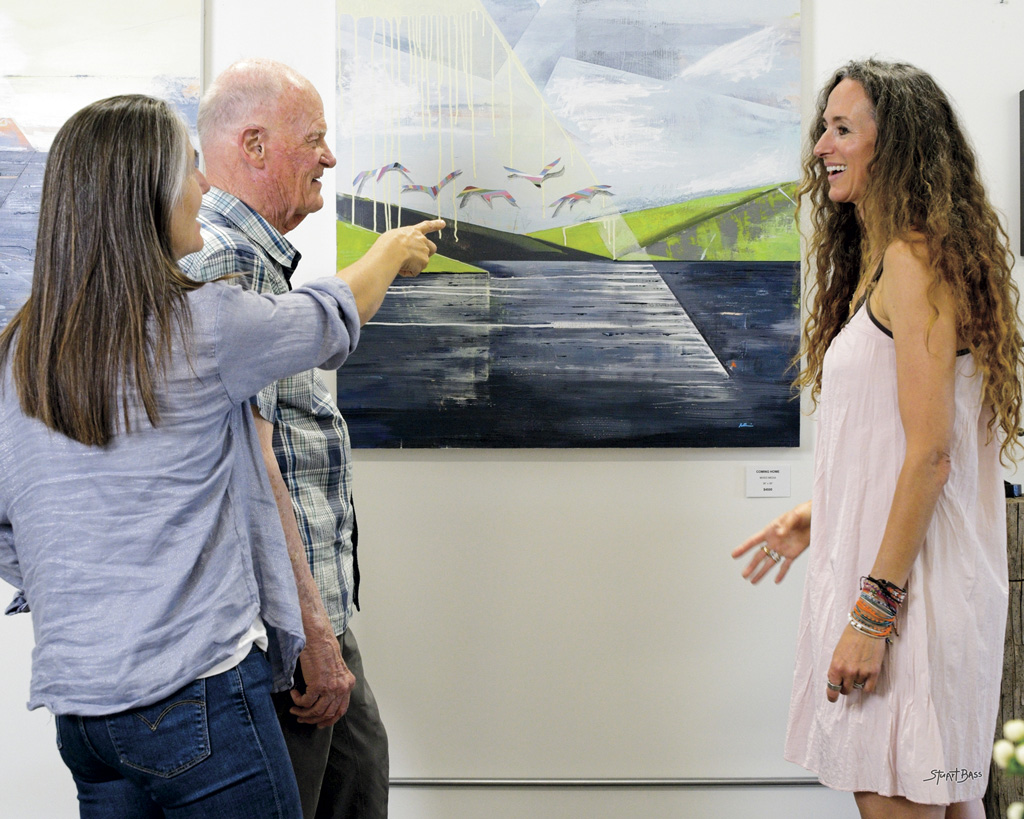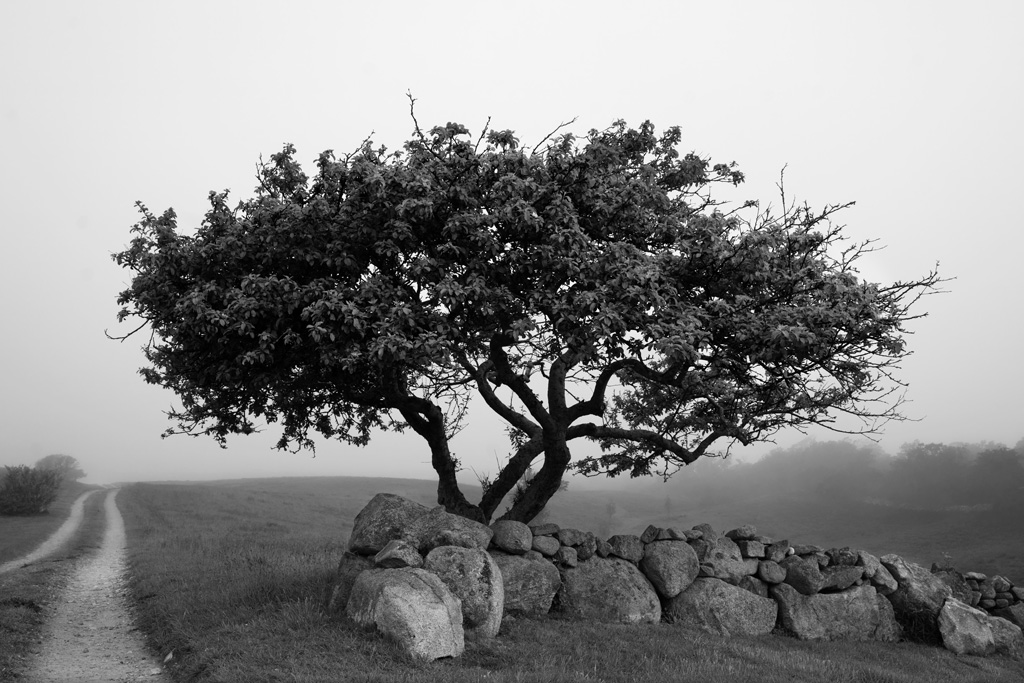News
Discover the Man Behind the Camera at the de Young’s Irving Penn Exhibit
 Audrey Hepburn, Paris, 1951 (The Metropolitan Museum of Art, Gift of The Irving Penn Foundation, 2021.
© Condé Nast.
Audrey Hepburn, Paris, 1951 (The Metropolitan Museum of Art, Gift of The Irving Penn Foundation, 2021.
© Condé Nast.When photographer Irving Penn joined Vogue magazine in 1943 as an associate in the art department, he had no way of knowing he was launching an artistic career that would last 70 years and change Americans’ view of photography forever.
But when the magazine’s art director, Alexander Liberman, saw the young man’s contact sheets he knew he was seeing something special. “I need to encourage him to explore this,” Liberman thought, and moved Penn from product still life to portraits.
“He created these very stark and astute portraits. And in the postwar era they really resonated with the kind of existential climate of the moment, and they made Penn’s reputation,” says Emma Acker, curator of American art at the Fine Arts Museums of San Francisco. Now Bay Area audiences can take a deep dive into Penn’s photographs as 197 of his works come to the de Young from March 16 to July 21 in the only West Coast showing of the traveling Metropolitan Museum of Art exhibition.
But how did Penn get these stark portraits of figures like Audrey Hepburn, Gianni Versace and the Hells Angels that contained so much personality and seemed to define the human condition? “He pioneered a very interesting sort of compositional format and device, which was to use two angled stage flats to essentially corner his subjects in these claustrophobic and uncomfortable spaces,” Acker says, adding that Penn would first sit with his subjects over coffee to put them at ease. “And he found that this allowed him to control the interactions and to really heighten the dramatic impact of their poses and gestures.”
Acker says that beyond his famous fashion images, visitors will also see Penn’s portraits of everyday people like tradespeople, street vendors and residents of Cuzco, Peru, and, of course, his still life work, which sometimes feature unusual subjects like discarded cigarette butts. “His still life, which is actually a genre that he really loved and explored throughout his career, is his first and deepest love in photography,” she says. “You see his very acute graphic intelligence and his ability to shape volumes with light in an almost sculptural way.”
And in a real treat for Bay Area audiences, guests will see an expanded selection of the Summer of Love portraits Penn produced for Look magazine. In 1967 he was able to convince the magazine’s editors to send him to San Francisco to memorialize the counterculture movement on film. To accomplish this Penn rented a studio in Sausalito and began photographing hippies and people like the Hells Angels (he made sure the studio had a heavy-duty elevator to get their bikes into the space), the Grateful Dead, Big Brother and the Holding company and more. The exclusive, expanded exhibit will feature these photos, Penn’s own captions and nude photos taken at a performance of Anna Halprin’s Dancers’ Workshop that were considered too risqué to publish at the time.
“There’s some wonderful anecdotes from Penn about the process including how he felt when the Hells Angels came in, and the sense of relief he felt when they went off down the road,” Acker says. “It’s a really fantastic section of the exhibition and we’re thrilled to be able to showcase it.”
And what does Acker predict viewers will get from seeing Penn’s work? “I think to see the astonishing breadth and depth of Penn’s output,” she says, adding that the quality of the prints, especially those done using the platinum palladium printing process that Penn brought back into style, will be revelatory. “Penn made photography into a fine art form and he made incredible strides in cementing that acceptance. A lot of that stems from his incredible technical brilliance and willingness to push boundaries of technique and form.”










